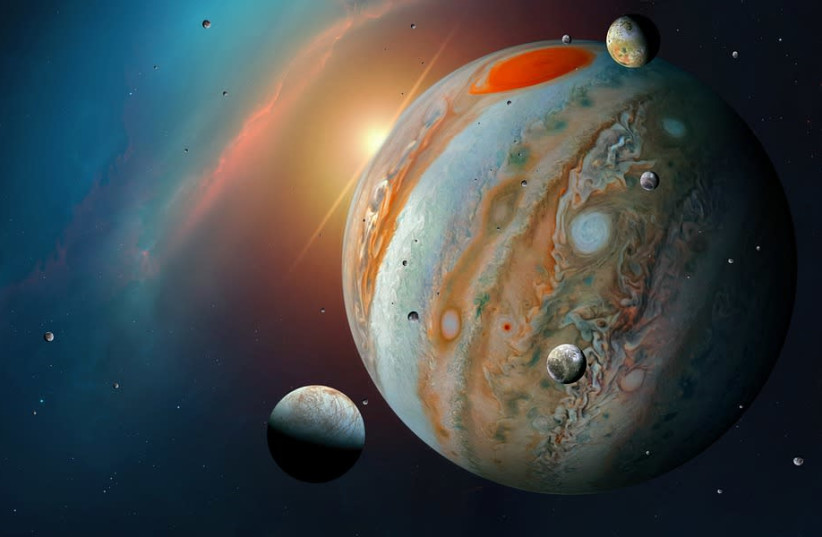Scientists from the University of Cambridge have discovered a method to calculate the amount of water that a rocky planet can hold in its underground reserves. This water is trapped in the mineral beneath the planet's surface and could potentially aid in the planet's recovery from its original formation.
The research was published in the Monthly Notices of the Royal Astronomical Society, has revealed that underground water might be a practical means of refilling a planet's surface water after its host star has aged and become less bright. This water probably would have originated from volcanic activity and gradually evaporated into the atmosphere, along with other vital compounds.
Scientists created a tool to calculate
Scientists created a tool that can determine how much of a planet is made up of minerals that contain water. These minerals absorb water like a sponge and release it later, which can refill oceans. This finding could provide insight into how planets become liveable after undergoing extreme heat and radiation during their initial stages.
Scientists believe that planets revolving around M-type red dwarf stars, which are the most abundant stars in the Milky Way, are among the most promising locations to search for extraterrestrial life. However, during their adolescent years, these stars can be emitting powerful surges of radiation that strip away the surface water of nearby planets.

"We wanted to investigate whether these planets, after such a tumultuous upbringing, could rehabilitate themselves and go on to host surface water," Ph.D. student in Cambridge's Department of Earth Sciences and lead author of the study Claire Guimond said.
"The model gives us an upper limit on how much water a planet could carry at depth, based on these minerals and their ability to take water into their structure," she added.
The size of the planet does matter when it comes to how much water it can hold, the researchers found.
A planet's water is mostly stored in a layer called the upper mantle that sits under the crust. This layer has the perfect pressure and temperature for creating green-blue minerals like wadsleyite and ringwoodite, which can hold water. Volcanoes can also reach this layer and bring water back to the surface during eruptions.
Ne research indicates that planets that are two to three times larger than Earth usually have dry rocky mantles. This is because the water-rich upper mantle accounts for a smaller proportion of its total mass.
"This could help refine our triaging of which planets to study first," Oliver Shorttle, a joint affiliate with Cambridge's Department of Earth Sciences and Institute of Astronomy. "When we're looking for planets that can best hold water you probably do not want one significantly more massive or wildly smaller than Earth."
These findings could help us understand how planets, like Venus, can change from desolate and lifeless environments to vibrant blue worlds like Earth. Venus is similar in size and composition to Earth, but its surface temperatures reach 400C and its atmosphere is full of carbon dioxide and nitrogen. Scientists are still unsure whether liquid water ever existed on Venus' surface four billion years ago.
"If that's the case, then Venus must have found a way to cool itself and regain surface water after being born around a fiery sun," Shorttle said. "It's possible that it tapped into its interior water in order to do this."
